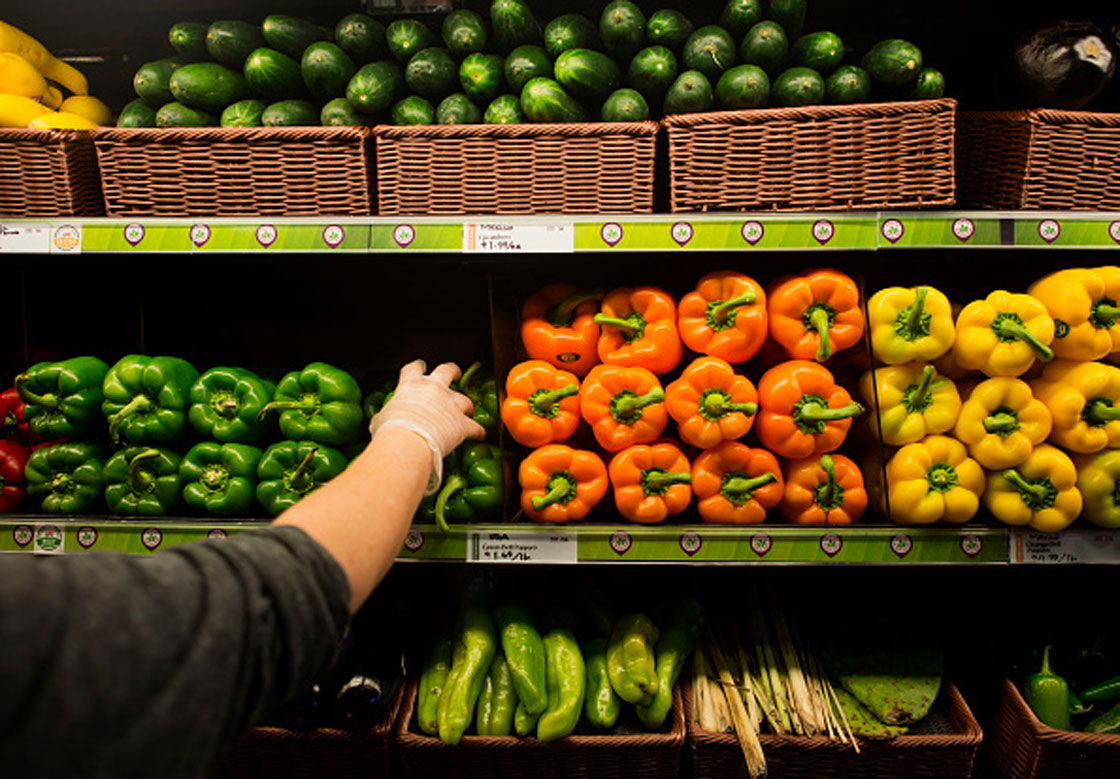The cash saved by Canadians from a drop at the pumps is being eaten up by higher food prices and other essential household costs, which continue to tick higher amid a sustained drop in the value of the Canadian dollar.

Motorists and commuters were paying 12.6 per cent less to fill up last month compared to August last year, according to Statistics Canada data released Friday. But the cost of food, clothing, furniture and other items rose by several per cent respectively as the lower loonie broadly lifted prices.
“The pass-through from the Canadian dollar continues to exert an upward influence,” CIBC economist Nick Exharos said.
“Some of the increase does reflect the weaker Canadian dollar boosting prices of imported goods,” Desjardins said.
Consumers paid 3.6 per cent more for food in August compared with the same month a year ago, Statistics Canada reported.
It said prices for food from restaurants was up 2.8 per cent and food bought from stores was 4 per cent more expensive than a year ago – although StatsCan said there was some relief for meat eaters.
“While meat prices increased 6.3 per cent in the 12 months to August, beef prices declined on a month-over-month basis for the second consecutive month,” Statistics Canada said.
MORE: Big grocers about to put the squeeze on shoppers, report warns
The cost of clothing and footwear climbed at annual rate of just over 2 per cent while the index for household operations, furnishings and equipment increased 2.5 per cent in the 12 months to August. The Statistics Canada report was in line with analyst estimates.
Higher still
The Bank of Canada’s core index, which excludes some of the most volatile items, was up 2.1 per cent from a year ago.
Most experts suggest the loonie, which has fallen more than 16 per cent against the dollar in the past year to about 76 cents US, will remain under pressure in the months ahead.
“Our forecast assumes the Canadian dollar will weaken further in the absence of a sharp recovery in oil prices,” RBC’s Desjardins said. “This additional currency weakness will continue to exert upward pressure on core prices.”
– With a file from The Canadian Press


Comments